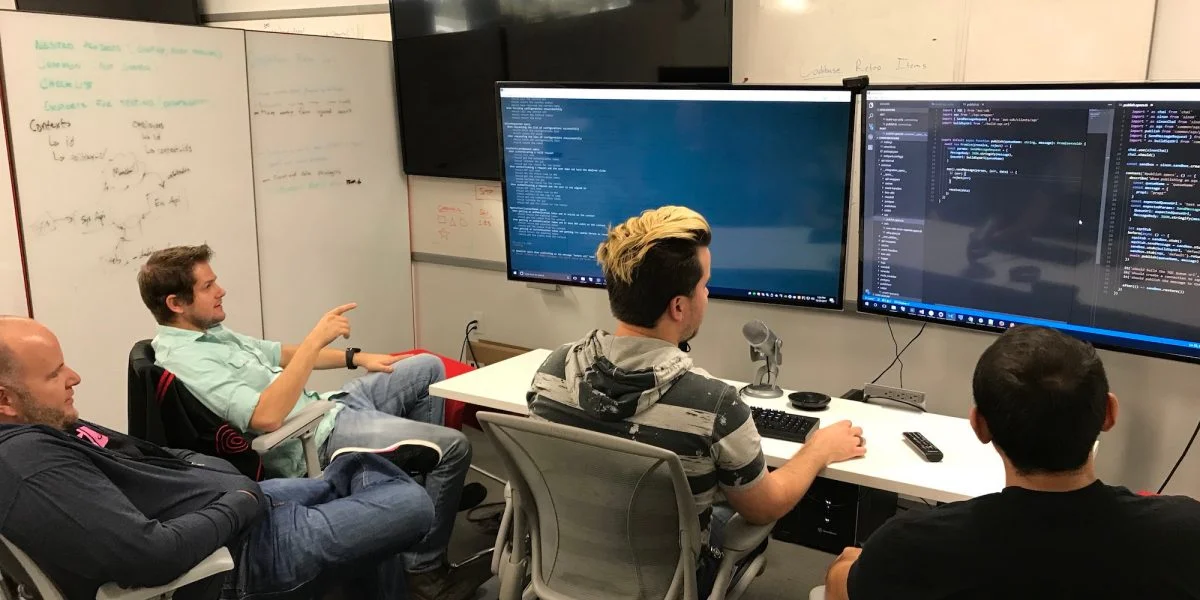Looking for a great work environment to accelerate your business? All while preserving your ability to pivot quickly? Consider coworking spaces. Coworking spaces present a range of economic benefits for individuals and organizations. They range from affordability to service model efficiencies. Altogether, these benefits enable you to limit your costs, act with agility, and expand your business.
This post is an excerpt. For the full article, visit Workbar’s blog.
Affordability
At the fundamental level, coworking spaces are significantly more affordable than renting your own office. Let’s look at some numbers. In prime real estate markets - think New York, Boston, Chicago - full-time memberships range from $300-600 per month. And that’s if you want to be there 24/7.
Coworking spaces offer a range of memberships to best fit your needs. They range from a few days a month to full-time access. At Workbar, memberships start at 5 days per month, and extend to 24/7 access to your favorite location. And you’re not just limited to one location.
A membership at a coworking space allows you to access a network of locations. This means you can vary where you work based on your schedule. With a full-time membership at one Workbar location, for example, you can work from any other network location for five days out of the month. This enables you to work across Massachusetts and Rhode Island for much less than renting multiple offices.
Flexibility
Thanks to their flexibility, coworking memberships offer a significant economic benefit. Rather than committing to a multi-year lease, you can sign up for much shorter periods of time. At Workbar, for example, memberships are month-to-month. You can choose to move on with just a 30-days notice. And there are additional benefits.
The advantages of flexibility extend to space. As your organization grows, a coworking space will allow you to easily expand into the space available. Similarly, it’s straightforward to reduce the amount of space you need. This means you won’t be stuck with unused space. Altogether, this flexibility allows you to be agile with your workplace needs.
Low startup costs
Many of the economic benefits of coworking spaces arise from the service model by which they operate. For one membership fee, coworking users can benefit from a range of services and amenities. This makes it easy for you to plan your costs, focus on your value-add work, and build your network.
Coworking spaces eliminate many startup costs traditionally associated with moving into a new space. You won’t have to hire an architect to design the space. You won’t have to buy furniture. You won’t even have to pick out artwork. Instead, you can focus on your core business right away, in a space that’s optimal for you.
Leading coworking spaces are designed to boost your productivity. With activity-based-designs, they ensure you’ll find the right space for your task at hand. At Workbar, the Neighborhoods concept offers you four different zones. You can choose the pin-drop silent Study for your focus work, or the lively Café to get creative. Prefer the comfort of your own spot? You can sign up for a dedicated desk too.
Takeaways
The economic benefits of coworking are plentiful for members. Among them are affordable, flexible memberships. These give you access a network of locations, and allow you to benefit from many service efficiencies. Altogether, coworking spaces enable you to limit costs, adapt quickly, and grow your business.
This post is an excerpt. For the full article, visit Workbar’s blog.




































